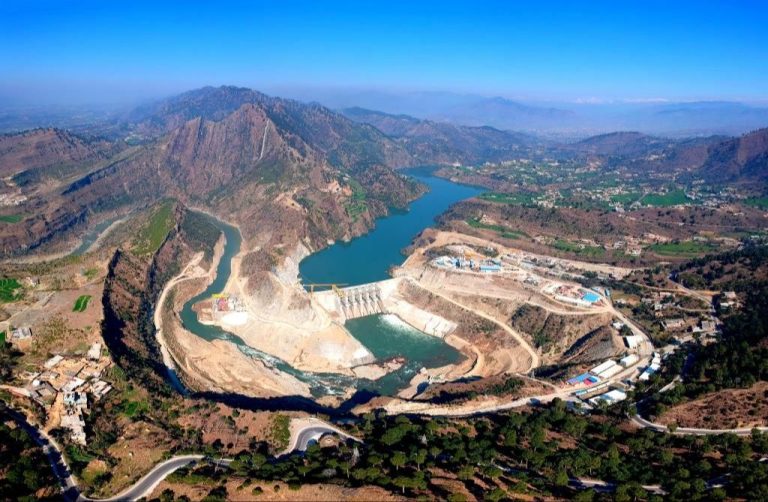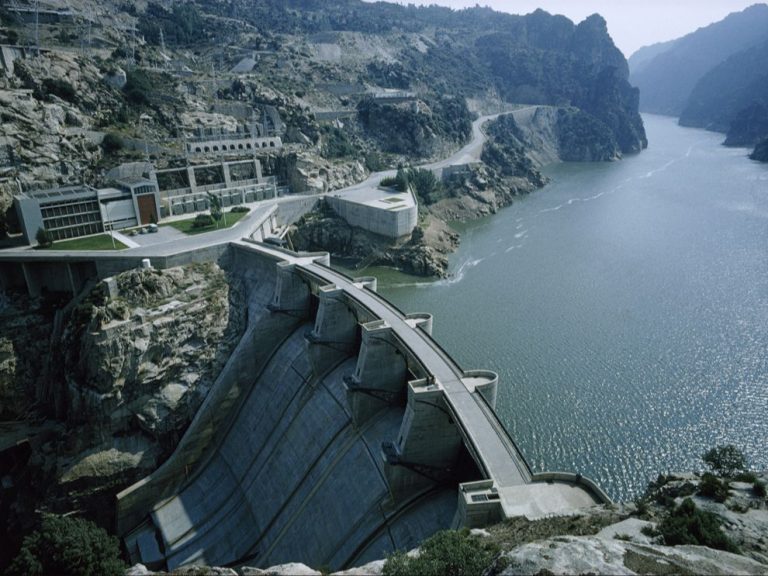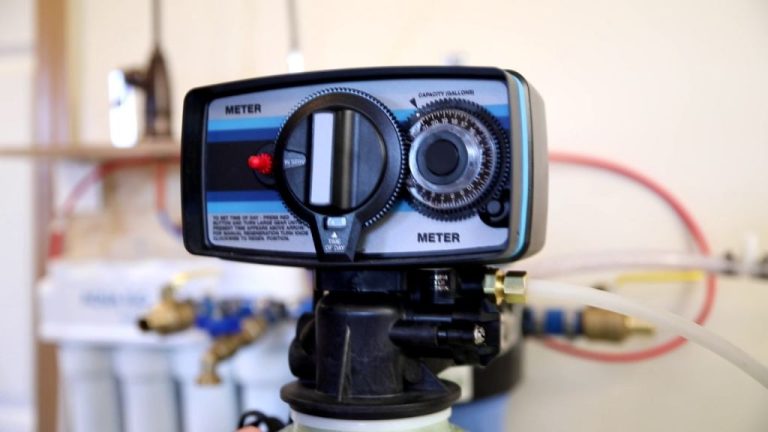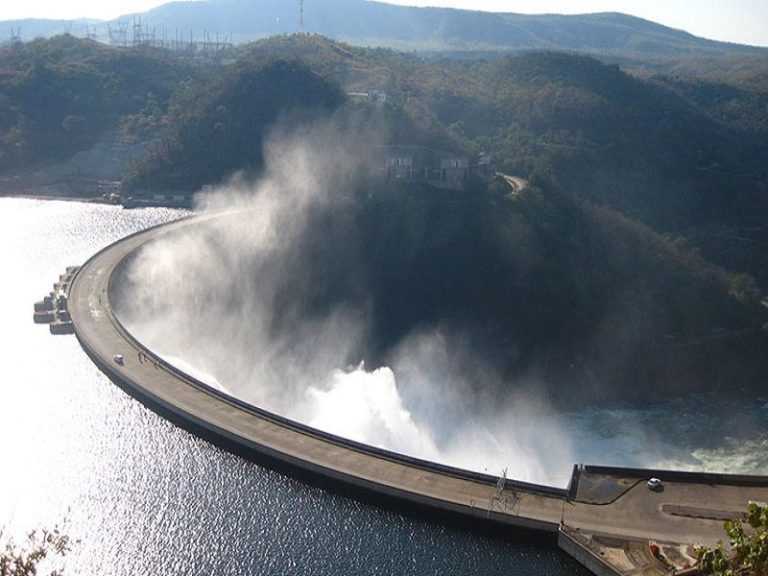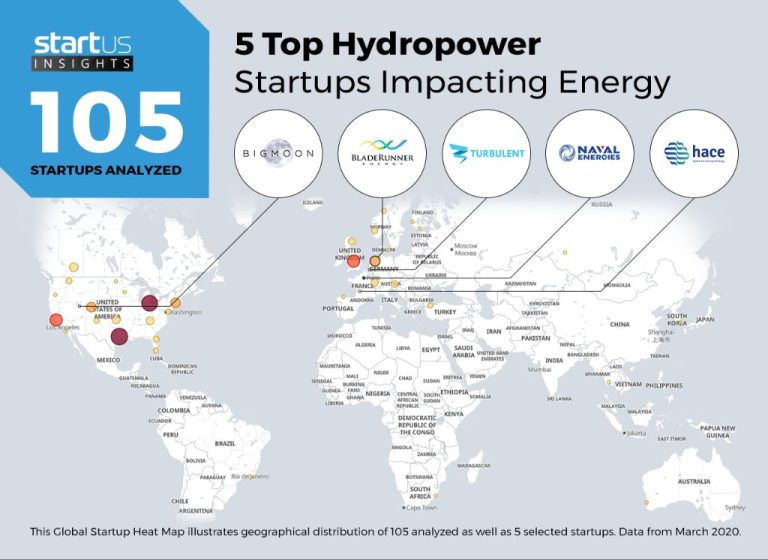Which Energy Is The Cheapest Of All Renewable Sources Of Energy?
Renewable energy comes from natural sources that are constantly replenished, such as sunlight, wind, water, plants, and geothermal heat. The main renewable energy sources used for electricity generation are solar, wind, hydropower, biomass, and geothermal. As countries aim to transition away from fossil fuels and reduce carbon emissions, the cost of renewable energy has become an increasingly important factor.
Renewable energy prices have dropped dramatically over the past decade, making them competitive with conventional energy sources like coal and natural gas. However, there are still variances in cost among different renewable technologies. Determining the most affordable clean energy source is key for energy policymakers, utilities, and consumers looking to tap into green power.
This article examines the costs associated with generating electricity from different renewable energy sources and analyzes which is the most economical.
Solar
Solar energy comes from capturing sunlight and converting it into electricity or heat using photovoltaic (PV) panels or solar thermal collectors, respectively. PV panels convert sunlight directly into electricity using semiconducting materials, while solar thermal collectors use sunlight to heat water or air (Solar Panel Cost in 2024).
The average cost of solar energy from PV panels purchased in the US in 2022 is around 6-8 cents per kWh for a typical residential system. However, costs vary significantly based on system size, location, available sunlight, and various incentives or rebates. Utility-scale solar PV prices have dropped even more, to around 2-4 cents per kWh in many areas (SunShot 2030).
For solar thermal systems that produce heat, costs are lower but heat collection efficiency is also lower than PV panels. While PV systems can convert 15-20% of sunlight into electricity, solar thermal systems may only convert 60-80% of collected heat into usable heat. However, solar thermal remains a cost-effective way to provide hot water and space heating.
Wind
Wind power harnesses the wind to generate electricity using large wind turbines. Wind flows over the turbine’s blades, causing them to rotate. This rotational motion turns a shaft inside the nacelle, which spins a generator to create electricity. Utility-scale wind turbines can reach over 500 feet tall and have blade spans wider than a football field. Groups of wind turbines, called wind farms or wind power plants, generate bulk electrical power.
The cost of wind power has declined dramatically in recent decades. According to the U.S. Department of Energy, the average cost per kilowatt hour for land-based wind power purchase agreements signed in 2019 was around $28/MWh, which competes with the cost of fossil fuel generation1. This is down from around $70/MWh in 2009. Turbine prices have fallen from over $1,200/kW in 2008 to around $800/kW in 20212. Innovation, improved manufacturing, larger turbines, and other factors continue to drive down costs.
While wind turbine prices have decreased substantially, farms require significant initial capital expenditures for permitting, roads, electrical equipment, and the turbines themselves. However, wind lacks fuel costs and has relatively minimal maintenance expenses. Overall, wind energy is one of the most affordable renewable electricity sources available today.
Hydropower
Hydropower is the most common form of renewable energy in the United States and accounts for over 6% of total electricity generation [1]. The primary source of hydropower is hydroelectric dams, where flowing water spins a turbine connected to a generator to produce electricity. The cost of hydropower from dams averages around 0.85 cents per kilowatt-hour (kWh) in the U.S., making it one of the cheapest sources of renewable energy [2]. Other forms of hydropower include tidal power from coastal tidal differences and wave power from the kinetic energy of ocean surface waves. These newer technologies currently have higher generation costs than conventional hydropower dams. The cost of tidal power ranges from 10-15 cents/kWh and wave power from 12-18 cents/kWh [3][4]. However, costs are expected to decrease as the technologies mature.
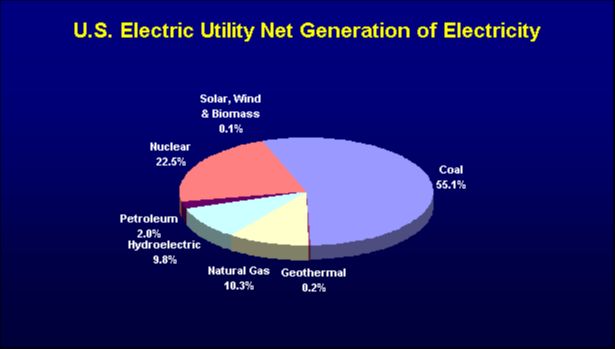
Geothermal
Geothermal energy taps into the natural heat from the earth’s core to generate electricity. Hot water or steam from underground reservoirs are brought up through production wells and used to power turbine generators. Geothermal power plants typically have high capital costs for drilling and exploration but very low operating costs.[1] According to the Energy Information Administration, geothermal energy costs between 4 to 7 cents per kWh for plants built today.[2] In 2016, geothermal electricity cost between 7.8-22.5 cents per kWh. As of May 2020, geothermal plants qualified for the federal Production Tax Credit (PTC).[3] Between 2010 and 2022, the average installed cost for geothermal energy worldwide ranged between $2,700 and $5,600 per kilowatt.[4]
[1] https://css.umich.edu/publications/factsheets/energy/geothermal-energy-factsheet
[2] https://www.eia.gov/energyexplained/geothermal/geothermal-electricity-generation.php
[3] https://css.umich.edu/publications/factsheets/energy/geothermal-energy-factsheet
[4] https://www.statista.com/statistics/1027751/global-geothermal-power-installation-cost-per-kilowatt/
Biomass
Biomass refers to organic matter that comes from plants and animal waste that can be used as a renewable energy source. Common sources of biomass include forests, farms, and landfills. Biomass contains stored energy from the sun. When burned, the chemical energy in biomass is released as heat that can generate electricity with a steam turbine. Biomass can also be converted to a gas called biogas or liquid biofuels like ethanol and biodiesel for transportation.
Biomass power plants typically cost between $3,000-$4,000 per kW installed, with the levelized cost of electricity around $0.08-0.15 per kWh according to the U.S. Department of Energy.1 The total cost of a biomass heating system is $500-$1500 per kW thermal capacity installed.2 For comparison, a typical greenfield biomass power plant needs an electricity price of $0.13/kWh to achieve a 10% internal rate of return, which is relatively high.3
While biomass can provide low-carbon renewable energy, some challenges include securing a reliable supply of organic matter feedstocks and controlling air pollution from burning biomass. Overall, biomass can be a sustainable energy solution when managed properly.
Factors in Cost
There are several key factors that impact the cost of renewable energy sources:
Capacity factor is the actual power output over a period of time compared to the maximum possible output. Sources like solar and wind have lower capacity factors because their availability depends on weather conditions. According to the EIA, the average capacity factors in the US in 2020 were: wind (42%), solar PV (25%), hydropower (39%), geothermal (74%). Higher capacity factors mean more consistent generation and lower costs per kWh (EIA).
Levelized cost of electricity (LCOE) calculates the per kWh cost of building and operating an energy plant over its lifetime. Key inputs are capital costs, fuel costs, fixed and variable operations/maintenance costs, financing costs, and capacity factor. LCOE allows comparison of different technologies with different lifespans (Wikipedia).
Location affects access to resources. Wind/solar depend on weather resources. Hydropower depends on water resources. Geothermal depends on underground heat sources. Transportation costs are lower if generation is closer to population centers (Our World in Data).
Subsidies and tax credits can make renewable projects more financially viable. Subsidies lower capital expenditures and can improve capacity factors. However, they vary by country and change over time.
Most Affordable
Based on the cost per kilowatt-hour, hydropower is generally the cheapest renewable energy source at this time. According to the International Renewable Energy Agency, hydropower costs around $0.05 per kWh on average globally. This is cheaper than other renewables like wind power ($0.04-0.17 per kWh), solar PV ($0.046-0.16 per kWh), geothermal ($0.047-0.158 per kWh), and biomass ($0.045-0.15 per kWh) (UN Climate Change). The key factors that make hydropower so affordable are its long lifespan of 50-100 years and low operations and maintenance costs relative to the amount of power generated.
However, there are some caveats. While hydropower is the cheapest overall, in certain locations wind or solar may be cheaper based on the local conditions and infrastructure. Additionally, hydropower can have high upfront construction costs and geographic limitations requiring rivers and dams. So while it generates affordable electricity over the long term, building new hydropower is not always feasible.
In conclusion, looking strictly at operating costs, hydropower is generally the most affordable renewable energy worldwide. But for new projects, wind and solar are becoming increasingly cost-competitive depending on the region and can sometimes be cheaper options.
Future Outlook
Recent innovations and advancements are likely to reduce renewable energy costs further in the future. IRENA predicts continued reductions in the cost of solar PV due to improving module efficiencies, manufacturing improvements, and economies of scale. New solar PV technologies like bifacial modules, trackers, and larger wafers are increasing energy yields. In the wind sector, taller turbines with longer blades and improved capacity factors are boosting output while lowering costs. According to IEA, onshore wind costs could fall 10-25% by 2025 with new turbine designs, while utility-scale solar costs could drop 15-35% with advanced PV technologies.
Other innovations like floating offshore wind farms, agrivoltaics integrating agriculture with solar, and improved energy storage solutions will also help drive down costs and increase deployment of renewables. Though short-term factors may cause fluctuations, the long-term trajectory for renewable power generation costs is downward. Further technological improvements, economies of scale, and supply chain optimizations will likely continue reducing costs into the future.
Conclusion
There are various promising renewable energy sources with the potential to provide clean, sustainable power. When it comes to cost, wind and solar rank as two of the most affordable options currently. While hydroelectric and geothermal sources can also be cost competitive, wind and solar have seen dramatic price drops in recent years. Key factors that impact cost include location, government subsidies, maintenance needs, and capacity factors. As technology continues to advance and scale grows, renewables are likely to become even more affordable over time. Of the major clean energy sources, onshore wind is often cited as the cheapest source available today in many parts of the world.

